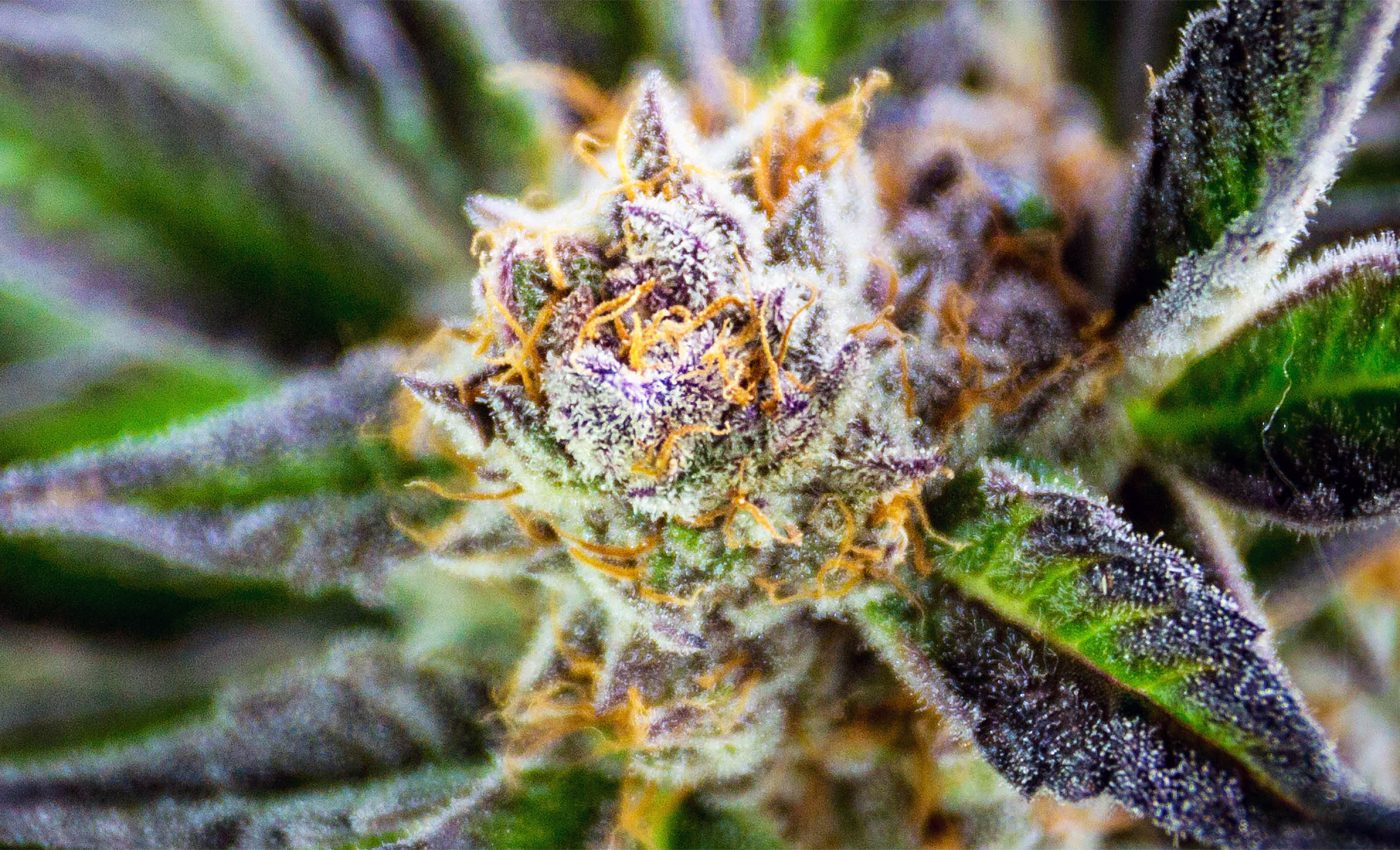
Another study shows marijuana use can alter DNA and leave chemical markers in blood
A large U.S. study reports that marijuana use leaves measurable chemical marks on DNA in blood. The study identified 201 distinct methylation markers tied to how recently and how long people used marijuana.
Researchers analyzed adults in midlife who gave blood at two clinic visits five years apart. They compared self-reported use with the molecular readouts from those samples.
The team focused on DNA methylation, a chemical tag that can turn genes up or down. They used high-density arrays to scan hundreds of thousands of sites across the genome.
The group computed cumulative exposure across years alongside recent use within the last 30 days.
Lead researcher Drew R. Nannini of Northwestern University Feinberg School of Medicine led the analysis. The work drew on the long-running Coronary Artery Risk Development in Young Adults cohort.
Marijuana, DNA, and blood
At the first exam, 22 methylation markers tracked with recent use and 31 with cumulative marijuana use. At the second exam, 132 and 16 markers showed up for the same categories.
One site within AHRR recurred across analyses, a signal often seen with tobacco and consistent with shared smoke exposures. The effect at any single site was small, but consistent patterns emerged.
They also mapped clusters of changes called differentially methylated regions, stretches where nearby sites shift together. These belong to the epigenome, the collection of chemical tags that regulate genes.
Many of the altered regions fell in pathways involved in cell growth, hormone signaling, immune response, and mental health biology. That set includes dopamine synapses and oxytocin signaling.
“This research has provided novel insights into the association between marijuana use and epigenetic factors,” said Nannini. He noted that more work will test whether these patterns hold in other groups.
Why these epigenetic signals matter
Pathways related to behavior and motivation suggest a possible link to how cannabis affects mood and cognition. Immune and cell-cycle pathways point to broader physiological effects.
Independent research has reported DNA methylation changes among frequent users of high-potency cannabis, including people with first-episode psychosis. Those results were largely independent of tobacco’s known methylation footprint.
Prior work linked marijuana use to faster biological aging as measured by DNA methylation clocks. Together, these findings indicate that both recent and cumulative use can leave molecular footprints.
Marijuana, DNA, and human health
Blood signals like these could help build biomarkers that indicate recent or cumulative exposure. Such markers can sharpen studies of dose, potency, and route of use.
The patterns do not prove causation, and the observed changes were modest. Still, an earlier analysis found a reproducible blood methylation signature of lifetime cannabis use, supporting the idea that exposure leaves a trace.
For public health, these signals could help separate marijuana’s effects from tobacco when both are used. They can also help track changes when people reduce or stop use.
Informing future therapies
DNA methylation shifts do not just record past exposures, they can also shape how genes behave. If marijuana use alters methylation in pathways tied to cell growth or neurotransmission, those same routes could become therapeutic targets.
Future studies might test whether abstinence or medications can reverse specific methylation marks linked to cannabis exposure.
Epigenetic patterns can also help identify who may be most vulnerable to marijuana’s side effects. For example, people with pre-existing methylation in dopamine or immune-related genes could react differently to long-term use.
Understanding these molecular fingerprints could help tailor prevention or treatment approaches in psychiatry and addiction medicine.
Aging and long-term health
Epigenetic markers like those linked to marijuana use can also inform how the body ages. DNA methylation patterns are part of biological aging clocks that estimate how fast a person’s tissues are aging compared with their calendar age.
Several studies have found that frequent marijuana users show slightly accelerated biological age, hinting that the chemical may subtly alter molecular maintenance over time.
Over the long term, these methylation signatures could influence how the body responds to stress or inflammation.
If marijuana affects genes tied to immune response or cell repair, those same pathways could play a role in age-related diseases such as cardiovascular illness or neurodegeneration.
Understanding this overlap could help separate temporary molecular changes from those that truly shape long-term health.
Fine print worth noting
Participants self-reported their use, so underreporting is possible. In national surveillance, a 2019 NSDUH report estimated 48.2 million people used marijuana in the past year, underscoring the population scale.
Most samples came from adults in midlife, and blood may not capture changes in other organs. The results show association, not disease risk, and need replication in more diverse groups.
The study is published in Molecular Psychiatry.
—–
Like what you read? Subscribe to our newsletter for engaging articles, exclusive content, and the latest updates.
Check us out on EarthSnap, a free app brought to you by Eric Ralls and Earth.com.
—–













